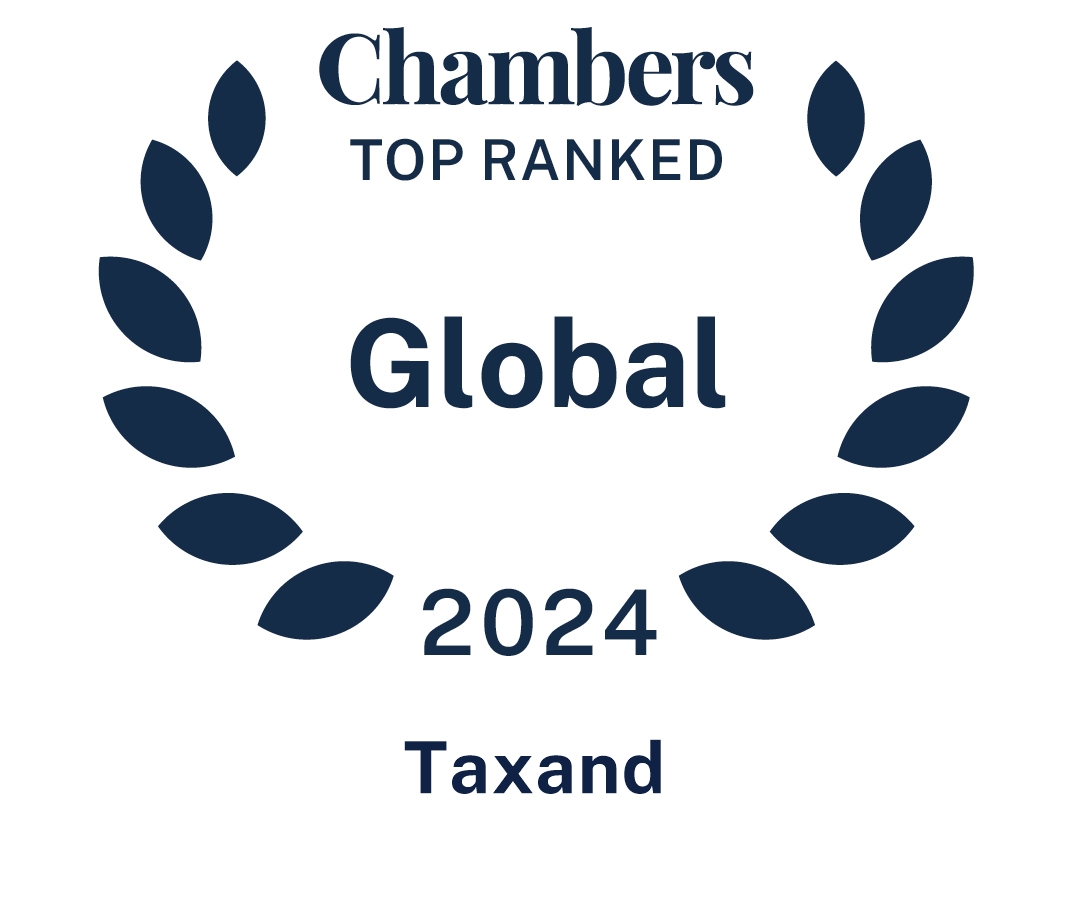Taxand welcomes the opportunity to provide comments on the Public Consultation Document “Addressing the Tax Challenges of the Digitalisation of the Economy” published on 13 February 2019. We would like to share our thoughts, based on our experience in advising multinational enterprises, focusing on some of the questions set forth in paragraphs 87 and 110 of the Public Consultation Document.
Question 1: What is your general view on those proposals? In answering this question please consider the objectives, policy rationale, and economic and behavioural implications.
The consultation document and the presentation of the three proposals seems to be at a very early stage of development of a long-term solution, and any of the proposals, if adopted as the way forward, would require significant further development. The proposals seem conceptually simple, but they are all legally and technically complex – and in their mechanics would represent a significant change from the existing international tax framework and, in particular, a departure from the arm’s length principle which focuses on allocating profit to where significant functions are. Looking outside the functions performed by a company (e.g. users and data) would make profit allocation significantly more complex and debatable. This may eventually lead to more uncertain tax positions and a rise in disputes and double taxation.
We do not believe that a specific tax system addressed to the companies that are highly digitalised may represent the best long-term solution. The first point of concern is that business models are constantly changing and in the near future all businesses will be highly digitalised from healthcare, insurance, fintech and automotive. Digitalisation is the key concept of every multinational. Accordingly, there will be no more “some highly digitalised business models” but every business model will be digitalised. Therefore, our concern is that there will be much more debate on how to identify the business models and enterprises captured by the new rules. The second point of concern is to carve out the envisaged new set of rules from the companies that despite having a highly digitalised business model, are significantly and physically present in the different jurisdiction. In such a case the TP model should continue to be applied.


